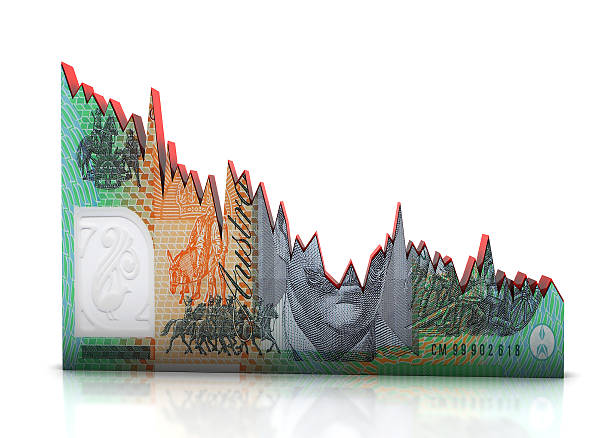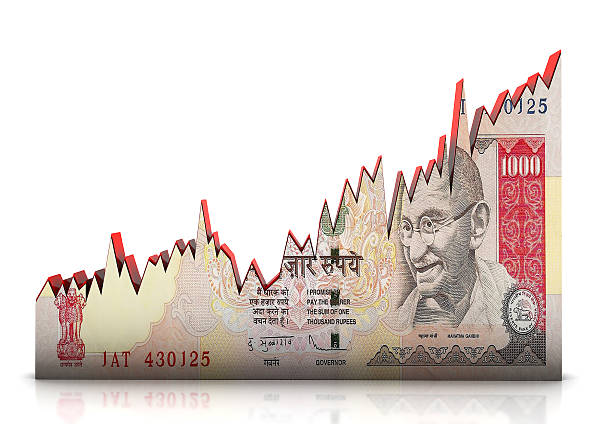For decades, Indian investors have placed their faith in a familiar trio: stocks, gold, and fixed deposits (FDs). Some have dabbled in real estate, others in mutual funds—but the core idea has remained unchanged: invest in what you know, and keep it local.
But in 2024, that approach is starting to show its cracks.
Inflation-adjusted returns on most Indian assets are underwhelming. Real estate often delivers subpar yields. FDs, once reliable, now barely keep pace with inflation. Even equities, though promising in spurts, suffer from volatility and long holding periods with uneven results.
The question is no longer “What should I invest in?”—but rather, “Are my traditional investments truly building wealth?”
The Reality: Traditional Indian Assets Aren’t Compounding Wealth Fast Enough
A recent study, Long-Term Asset Returns in India: A Historical Survey (1992–2024), found the following real (post-inflation) annualized returns:
| Asset Class | Real Annual Return |
| Fixed Deposits (FDs) | 2.9% |
| Gold | 4.8% |
| Indian Residential Property | 3.5–4.0% |
| Nifty 50 (Equities) | 7.1% |
These numbers may seem modestly acceptable—but they mask deeper issues:
- FDs lose value over time: With inflation averaging 5–6% annually, FDs effectively shrink your money in real terms. ₹1 crore in an FD at 6.5% interest becomes ₹1.37 crore in 5 years—but inflation-adjusted, that’s only about ₹1.07 crore in today’s value.
- Gold is volatile and passive: While gold acts as a hedge in uncertain times, it doesn’t generate income and has shown multi-year periods of stagnant or negative returns (e.g., 2012–2018). It lacks yield and is mostly driven by sentiment.
- Indian residential real estate is illiquid and underperforming: The average rental yield across Indian metros is 2.5–3.5%. After taxes, maintenance, and vacancy losses, this drops further. Capital appreciation has slowed drastically in the past decade, with cities like Mumbai and Delhi seeing muted or no growth since 2014.
- Equities are volatile and require timing: While the Nifty 50 has returned ~11.5% CAGR nominally over the past 30 years, the real return post-inflation is closer to 7%. That too assumes perfect buy-and-hold discipline—something most retail investors struggle to maintain.


It’s Not Just About Returns—It’s About Stability and Value Preservation
High-net-worth investors don’t just look at top-line returns—they look at risk, liquidity, taxation, and long-term compounding.
Consider this: ₹1 crore invested in each of the following in 2014—how did it fare by 2024?
| Asset | Value in 2024 (Approx.) | Effective CAGR |
| Fixed Deposit | ₹1.82 crore | 6.1% |
| Gold | ₹2.12 crore | 7.6% |
| Indian Real Estate | ₹1.75–2.0 crore | 5.8–6.7% |
| Nifty 50 Index | ₹2.9 crore | 11.2% |
Now factor in inflation (5.5–6%) and post-tax implications:
- Only equities beat inflation meaningfully, and even then, with considerable volatility.
- FDs and real estate barely preserve value after taxes and inflation.
- Gold works occasionally, but not reliably for compounding.
In other words, traditional Indian assets are more about capital preservation than capital multiplication.
The Global Wealthy Play a Different Game
Here’s where it gets more interesting.
A 2024 J.P. Morgan Private Bank study revealed that ultra-high-net-worth individuals globally allocate 46% of their portfolio to private markets—real estate, private equity, infrastructure—outside the public stock markets.
The wealthy understand a simple truth: real wealth is built in assets that combine income, appreciation, and inflation protection—ideally in stable, globally trusted currencies like the U.S. dollar.
Most Indian portfolios, even among HNIs, are overexposed to INR-based instruments. This not only limits diversification but also ignores the benefits of currency arbitrage.
Enter U.S. Real Estate—A New Mindset, Not Just a New Market
We’re not saying don’t invest in India. We’re saying: don’t limit yourself to India.
U.S. multifamily real estate—apartment complexes leased to middle-income renters—has historically delivered Rental yields of 5–7% along with Capital appreciation of 4–6% annually. Generating IRR in the range of 16–18% in USD terms while having Low volatility and strong legal protection.
These are not speculative assets. They’re recession-resistant, professionally managed, and backed by legal frameworks that protect foreign investors.
When you earn in dollars and spend in rupees, the compounding effect is powerful. A 17% return in USD becomes a 20–22% IRR in INR, factoring in 3–4% annual rupee depreciation.
The Bottom Line
Indian investors are financially wiser than ever. But sometimes, we stay loyal to underperforming assets because they’re familiar—not because they’re effective.
If you’re an HNI looking to preserve and grow wealth over the next decade, it may be time to rethink the old asset mix. Diversification, global exposure, and dollar-linked income streams aren’t luxuries anymore—they’re strategic essentials.
References
- Rajan Raju (2024). Long-Term Asset Returns in India: A Historical Survey (1992–2024)
- J.P. Morgan Private Bank (2024). Private Markets: Allocation Trends among the Global Wealthy
- RBI Handbook of Statistics (2023)
- Knight Frank India Wealth Report (2024)
- National Housing Bank Data
- Freddie Mac (2023). U.S. Housing Supply Gap
- NMHC (2023). Multifamily Investment Performance
